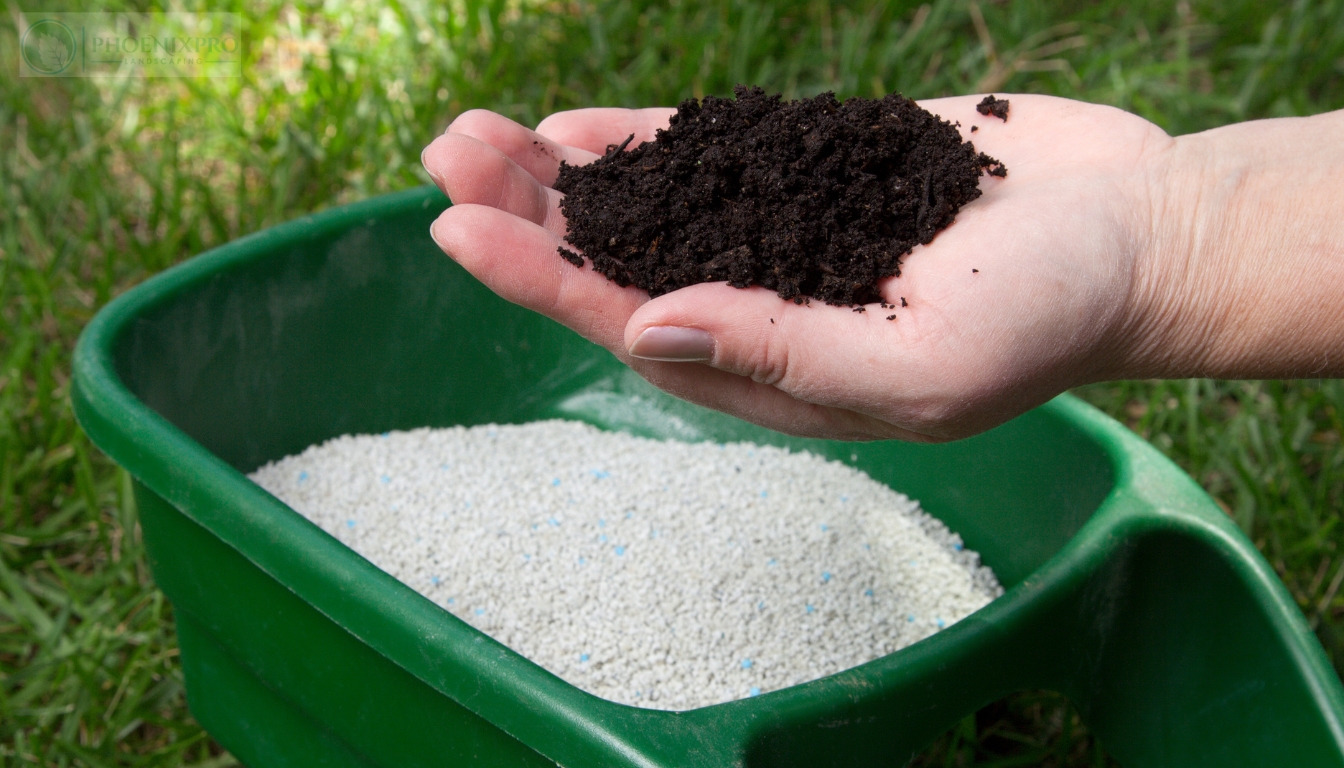Aerating your lawn is a crucial aspect of lawn care that often gets overlooked. The process of aeration helps alleviate soil compaction, improves landscaping design near me nutrient absorption, and allows for better water penetration. To keep your grass healthy and vibrant, understanding when to aerate is essential. In this comprehensive guide, we will cover the multiple factors that influence the timing and effectiveness of lawn aeration.
Understanding Lawn Aeration
What is Lawn Aeration?
Lawn aeration is the mechanical process of perforating the soil with holes to allow air, water, and nutrients to penetrate deep into the roots of your grass. This is especially important in areas with high foot traffic or compacted soil.

Why Is Aeration Important?
Aerating your lawn can lead to healthier grass by reducing soil compaction, enhancing root growth, improving drainage, and promoting a more robust ecosystem within the soil.
Essential Factors Influencing When to Aerate Your Grass
Soil Type Matters
Different types of soil have varying levels of compaction. Sandy soils may not need frequent aeration compared to clay soils, which are denser and prone to compaction. Understanding your soil type can help determine when it’s time for aeration.
Grass Type Considerations
The type of grass in your lawn also influences when you should aerate. Cool-season grasses typically benefit from fall aeration, while warm-season grasses thrive after spring rains.
Weather Conditions
Aerating during dry conditions can stress your grass and make recovery difficult. Ideally, choose a day after rainfall or one that is slightly overcast.
Optimal Times for Aerating Your Lawn
Spring vs. Fall: Which Is Better?
For many regions, fall offers optimal conditions for aeration due to cooler temperatures and increased moisture levels. However, early spring can also be a suitable time depending on regional climate variations.
How Often Should You Aerate?
Most lawns benefit from annual aeration; however, lawns experiencing heavy foot traffic may require it bi-annually.
Signs That Your Lawn Needs Aeration
Thatch Buildup
If thatch—a layer of dead grass and roots—exceeds half an inch in thickness, it’s time to consider dethatching before or along with aerating.
Poor Drainage Issues
Water pooling on your lawn after rain suggests compacted soil that would benefit from aeration.
Dull Appearance
If your lawn appears dull or unhealthy despite regular maintenance practices like mowing and fertilizing, it could be signaling a need for aeration.
Methods of Aerating Your Lawn
Core Aerators vs. Spike Aerators
Core aerators remove plugs from the soil while spike aerators simply poke holes into the ground. Core aerators are generally more effective at relieving compaction.
DIY vs. Professional Services
You can rent tools for DIY lawn care or hire professionals such as TruGreen who specialize in maintaining healthy lawns. How much does TruGreen cost varies based on service packages offered?
Preparing Your Lawn for Aeration
Mowing Before Aerating: Yes or No?
Yes! Mowing your lawn before you aerate ensures that you can see where you're working and avoids clogging the machine with long grass blades.
Watering Prior to Aeration: A Good Idea?
affordable lawn care Phoenix AZAbsolutely! Watering the night before helps soften up the ground making it easier for the equipment to penetrate.
Post-Aeration Care Tips
When Should You Fertilize After Aerating?
Fertilizing immediately after aerating allows nutrients to reach deeper into the root zone. Aim to fertilize within 24 hours post-aeration for best results.
How Long Before Mowing Again Post-Aeration?
It’s recommended to wait at least two weeks post-aeration before mowing again so new growth can establish itself without being disturbed.
Common Myths About Lawn Aeration
Myth: You Can Mow the Lawn When Wet
Many homeowners wonder if they can mow their lawns when wet; it's generally not advisable as it damages both mower blades and grass health.
Truth: Wet conditions increase mud accumulation leading to poor cutting performance and uneven grass height.
FAQs
When should you fertilize your lawn after aerating?
Fertilizing within 24 hours after aerating maximizes nutrient absorption through newly opened channels in the soil.
Can I dethatch my lawn at the same time I aerate?
Yes! Dethatching followed by aerating can be beneficial as it further loosens up compacted soil.
How do I edge my lawn correctly?
Use an edging tool along sidewalks or flower beds while ensuring straight lines for a polished appearance.
What is thatch exactly?
Thatch refers to a layer of organic matter—including dead grass—between the soil surface and green foliage.
How do I sharpen my lawn mower blades?
Regularly sharpening blades ensures clean cuts; dull blades shred grass leading to brown tips.
li6/ol1/##
Conclusion
Understanding "Essential Factors Influencing When to Aerate Your Grass" ensures that you’re not just going through motions but actually nurturing a thriving ecosystem beneath your feet! Proper timing combined with effective techniques makes all the difference in creating a lush landscape you'll love all year round. Whether you're tackling dethatching first or figuring out when best to fertilize your lawn post-aeration, these insights will empower you as a homeowner committed to maintaining beautiful greenery!
By keeping these factors in mind—soil condition, weather patterns, yard usage—you’ll be well-equipped with all you need for successful grass care strategies!